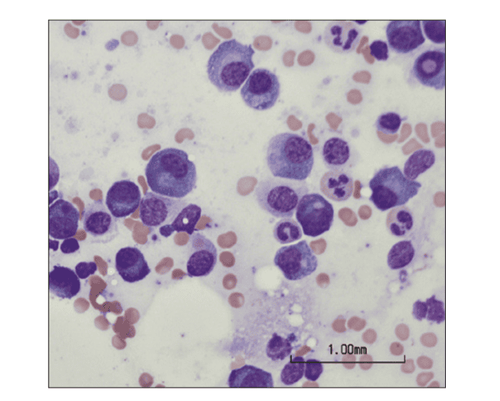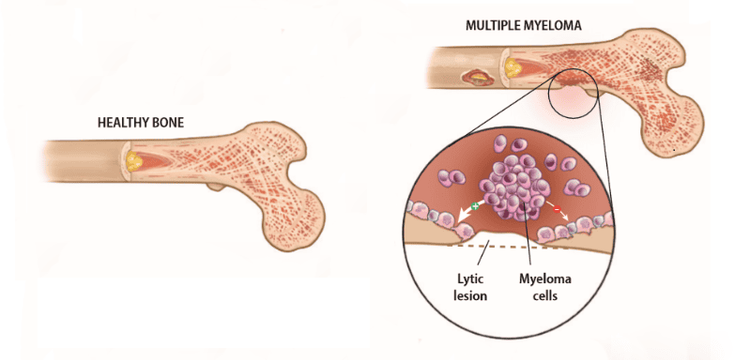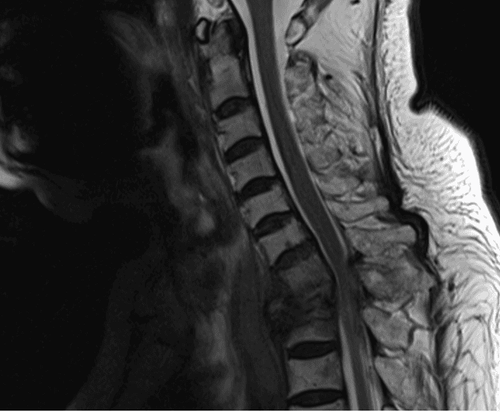This document was written by Dr. Yi Hyeon Gyu, who has been working at Unit of Hematology and Cell therapy, Vinmec Times City International Hospital.
Multiple myeloma, or myeloma is a cancer of plasma cells, a type of white blood cell (WBC) in the bone marrow that is responsible for making immunoglobulins. A malignant plasma cell is called a myeloma cell.
Myeloma most often grows marrow within the bones of the spine, skull, pelvis, rib cage, shoulders, and hips. Myeloma can appear as a tumor and/or as an area of bone loss. Solitary plasmacytoma of bone, a single myeloma tumor, may appear either inside or outside the bone marrow.
Myeloma statistics

Currently, there are approximately 750,000 people living with myeloma worldwide. Myeloma is a very common disease ranking second or third among hematological malignancies. Myeloma is most frequently diagnosed in individuals who are 65 to 74 years old, but it is now also being diagnosed in people younger than 50. Only 5%–10% of myeloma patients are under the age of 40. Men are more likely than women to develop myeloma. The disease is twice as common in people of African descent. Nowadays, it appears that the incidence of myeloma is increasing in several parts of the world, especially in Asia.
Symptom and sign, diagnosis

Myeloma can make various symptoms and signs related to bone problems, low blood counts, high blood levels of calcium, central and peripheral nervous system damage, hyperviscosity and kidney dysfunction. Common symptoms are; bone pain, especially in your spine or chest, nausea, constipation, loss of appetite, mental fogginess or confusion, fatigue, frequent infections, weight loss, weakness or numbness in your legs, and excessive thirst so on. In order to confirm diagnosis, many tests are needed including specific blood tests, image tests (x-ray, MRI, CT, and PET/CT, etc.) and bone marrow study with specific molecular genetic tests.
Treatment for newly diagnosed myeloma

Baseline testing, staging, and prognostic classification are essential to make treatment plan. The urgency of treatment depends upon the exact problems faced by an individual patient. This is why the experience and expertise of a myeloma specialist is of such importance. Chemotherapy is major treatment modality for myeloma. There are many kinds of chemotherapeutic agents including conventional cytotoxic rugs and new drugs, and careful regimen selection for individual patient’s condition is required. Radiation can be done for specific condition such as acute neuronal compression and severe pain. Autologous hematopoietic stem cell transplantation is key treatment option if the patient is candidate to do it.
Reference: Patient Handbook, 2018 edition, International myeloma foundation.








